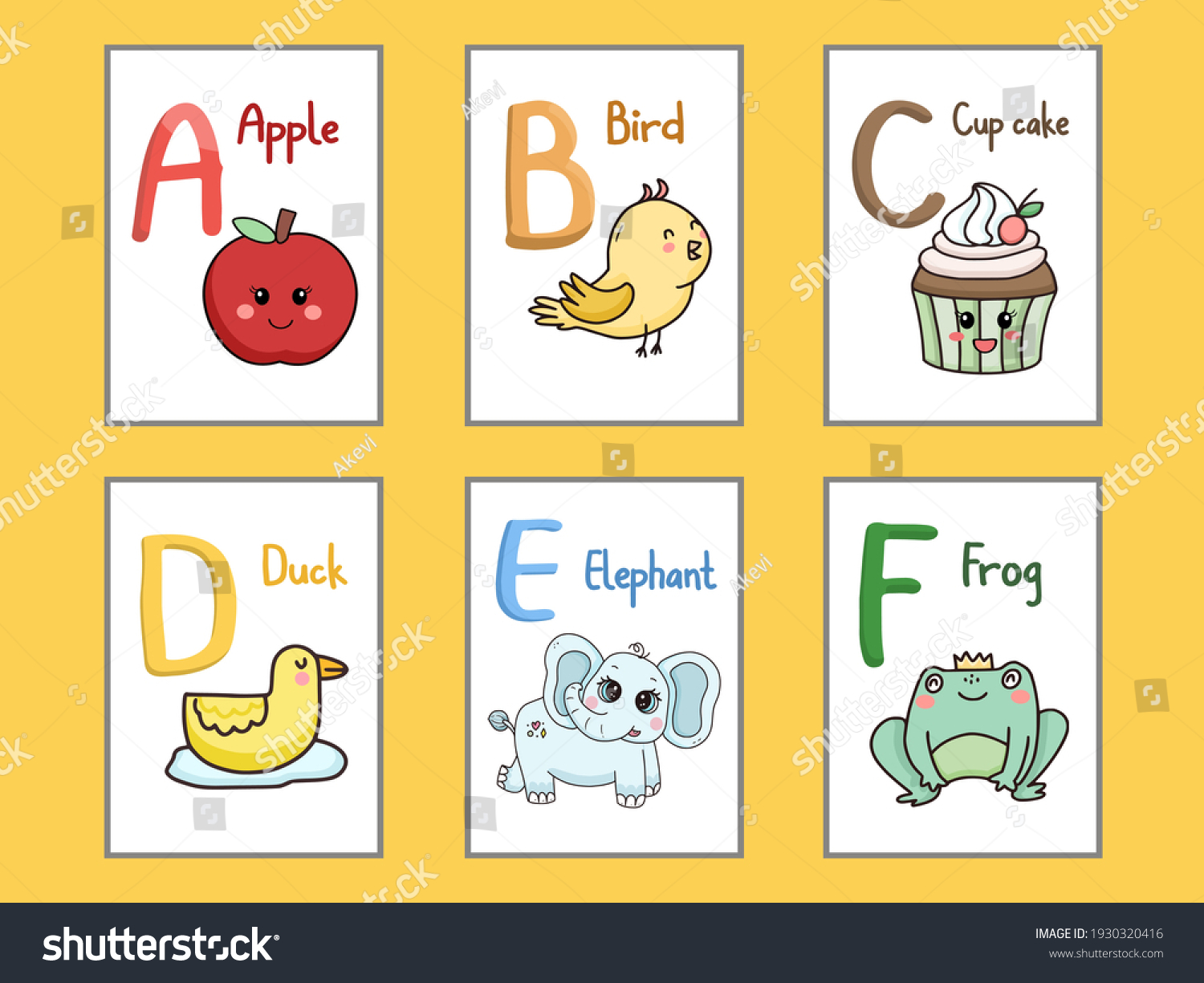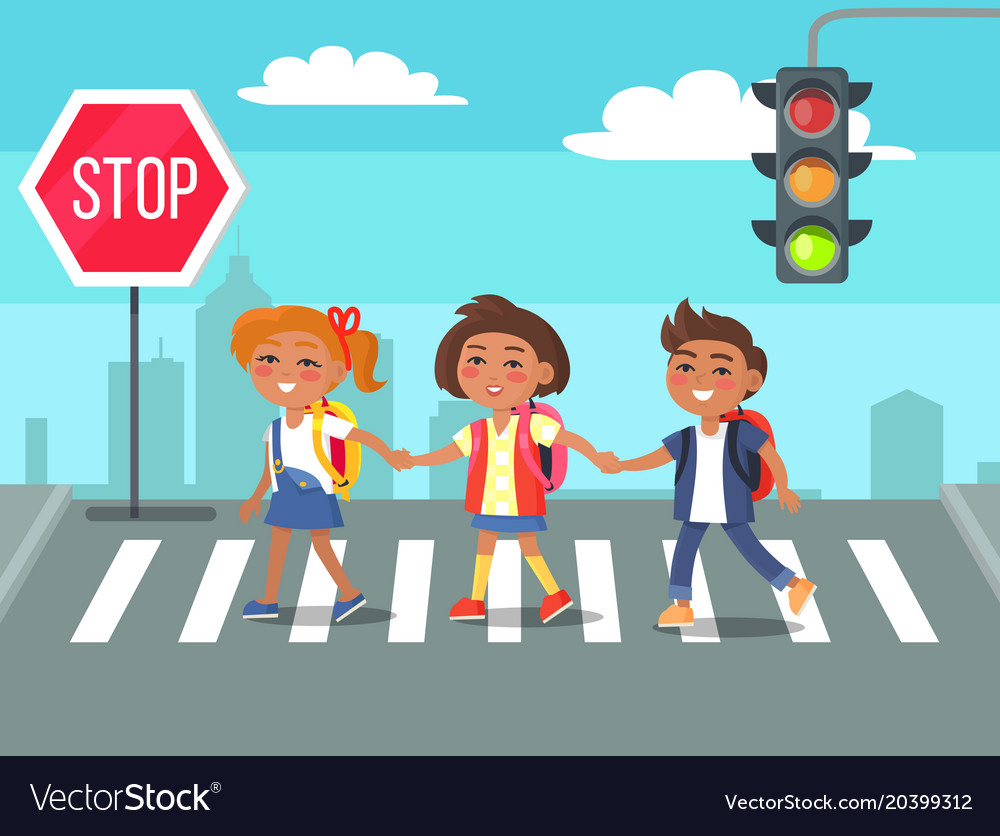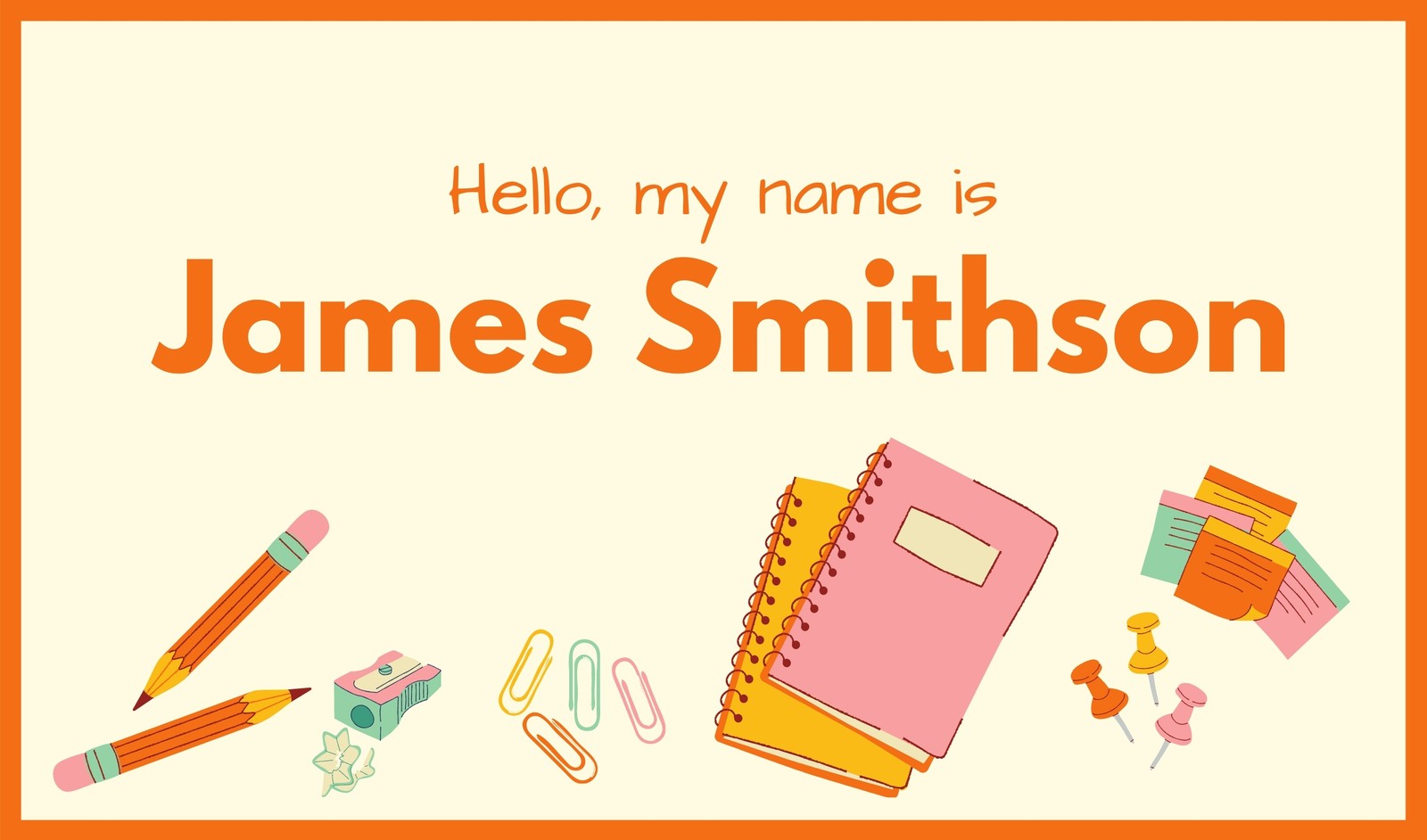Learning the alphabet is a crucial step in a child's development because it lays the groundwork for learning to read and write. While teaching the alphabet may appear to be a difficult task, it begins with getting children excited about words and letters. Reading, singing, and playing games with a child can pique their interest in the alphabet and their desire to learn more. Just remember to keep things interesting for both of you!
{tocify} $title={Table of Contents}
Best Ways to Teach Children Alphabet Recognition
Make use of alphabet books
Many books are available that are designed to help children learn the alphabet through pictures and stories. It is easier for children to learn if they can associate the alphabet with fun characters and stories.
Apple Pie ABC and LMNO Peas are two popular alphabet picture books.
Read aloud to kids from a young age
It is never too soon to begin reading to children. When they are young, you should read them fun stories to get them interested in books and reading. Making children interested in books and stories can make them eager to learn the alphabet.
- To get ideas for what books to read to young children, look up popular children's books or recall the books you enjoyed as a child.
- Children's book sections are common in libraries and bookstores.
- Make certain that you read them stories that are appropriate for their age and learning level. Children will be less enthusiastic about stories if they do not find them enjoyable and approachable.
- Where the Wild Things Are, Goodnight Moon and The Very Hungry Caterpillar are some classic children's books.
Show them picture books
Many children enjoy looking at colourful pictures, so look for books with appealing illustrations. You can expose them to letters by having them look at the pictures. Pictures can also help children understand stories and maintain their interest in books.
Read the same stories repeatedly
Children frequently want to hear the same stories several times, and you should definitely accommodate them. They can form associations that help them learn letters and words when they hear stories repeatedly. This is especially effective if you're reading a letter-learning book.
Point out words and letters
Show the book to the children and point out the words and letters you're reading to them. This will assist children in associating the sound you're reading with the shape of the letter. It will also assist them in understanding the relationships between print, letters, and words.
- You should start teaching them the difference between uppercase and lowercase letters as you point out words and letters. It will take some time for them to figure out how to use them, but knowing the difference is the first step.
Read signs aloud
Throughout the day, letters can be found on street signs, food packaging, magazines, and a variety of other surfaces. When working with children, you can frequently point out these words and letters and sound them out aloud. Children will begin to learn that letters are an important part of their environment in this manner. They can also learn common words and phrases.
- When you see a stop sign, for example, you can point out all the letters to a child and tell them what word they make when put together.
Make fun crafts in the shape of letters
Children can learn in a variety of ways, and some children learn especially well through arts and crafts. You can plan crafty activities that feature letters if you're teaching a child who enjoys making things.
- Paper hats with letters, for example, can be made. You could also make paper figures that resemble animals. Anything that makes writing letters enjoyable and creative for children should be successful!
Draw and colour letters with kids
Encourage your students to draw letters if they enjoy drawing. Allow them to be creative once more by making the letters look like things they like, such as animals or cartoon characters. You can also ask them to draw large block letters and colour them however they like.
- Colouring books that specifically teach the alphabet can be found online or in bookstores.
Teach kids the letters in their names
Teach children that their names are made up of letters to make the alphabet more meaningful to them. To begin, write the child's name for them and point out each letter. You can then progress to having the child spell their name aloud.
- You can have them draw their names in creative ways once they know the letters in their name.
Have kids touch the shapes of letters
Because some children are tactile learners, touching their letters can help them learn them. You can either buy or make letters that are enjoyable to touch for children. For example, you could make letters out of sandpaper. This method combines tactile and visual learning abilities.
You May Also Like 👇
Loading...









